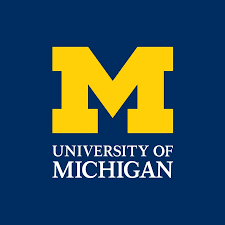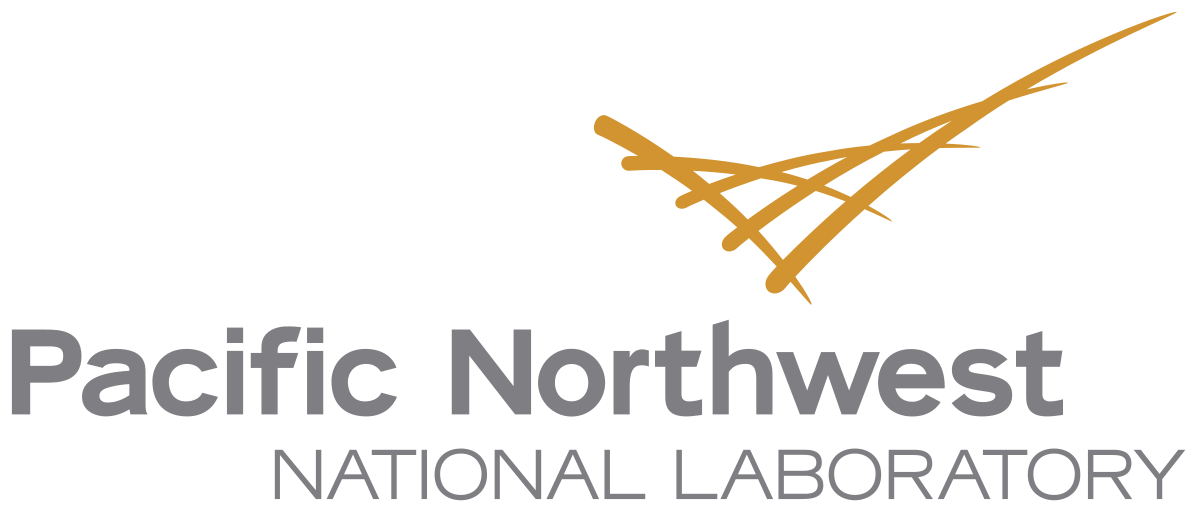
UM Adsorbents (Seedling)
| Project ID | a484e8db-e22b-4573-a03d-e5c4a1ec7ec8 |
|---|
Optimal Adsorbents for Low-Cost Storage of Natural Gas: Computational Identification, Experimental Demonstration, and System-Level Projection
Recipient University of Michigan (PI: Don Siegel)
Abstract The Natural Gas Vehicle Research Roadmap has identified vehicle driving range “and the associated challenges with on-board storage of fuel” as a “significant barrier for natural gas vehicles across all vehicle classes.” This challenge is attributed to the “storage capacity, size, weight, shape, and cost of compressed natural gas cylinders.”
This program proposes to overcome these barriers by developing best-in-class natural gas (NG) adsorbents based on metal-organic frameworks (MOFs). This will be accomplished through a joint computational-experimental program executed by a team with nearly 50 years of combined experience with adsorption technologies, ranging from the materials to the system level. More specifically, high-throughput computational screening coupled to machine learning will be used to identify MOFs that simultaneously achieve high usable gravimetric and volumetric capacities for NG. Promising materials pinpointed by computation will be evaluated experimentally. Subsequently, the performance of these materials will be projected to the system level.
Our approach will leverage the team’s existing database of more than 500,000 MOFs and our established computational screening workflow. These efforts will provide a systematic assessment of methane capacities across this large space of materials. Beyond these database materials, computational will also evaluate more than 3 million metal-substituted MOFs containing coordinatively-unsaturated (CUS) metal sites. Earlier work has shown that CUS MOFs have amongst the highest usable capacities for CH4. We will expand the search-space for promising CUS MOFs to additional compositions via metal substitution and machine learning. These calculations will employ the PIs quantum-mechanically-tuned interatomic potential for CUS-CH4 interactions. Screening performed with this potential by the PI have already identified several MOFs that have the potential to surpass the usable capacity of HKUST-1, the record-holder for CH4 capacity. Experimentally, state-of-the-art MOF activation techniques based on flowing supercritical CO2 will be used to realize MOFs that are difficult to activate using conventional techniques. The most promising compounds on a capacity-basis will be subjected to robustness testing using heavy components of NG and during prolonged exposure.
A distinguishing feature of this project is the application of computational models to optimize and project the performance of the full-scale storage system. These models will be modifications of the light-duty vehicle adsorbent-based storage models developed by SRNL for the HSECoE and the ARPA-E MOVE programs. Parametric analyses will be performed using these models to determine the optimum system parameters and operating conditions. These efforts will describe a pathway to maximize capacity while minimizing system complexity, cost, mass, and volume.
In total, our approach goes beyond simply optimizing the adsorbent material – the materials and the system will be optimized together to maximize performance via feedback between the screening, experimental, and system-modeling activities. Prior application of this approach to H2 storage by the proposal team successfully demonstrated MOFs whose capacities surpass all other known adsorbents under physisorptive conditions. A successful outcome of this project will demonstrate adsorbents that when incorporated into an adsorbed NG system have the potential to surpass the capacity of CNG systems, allowing for systems that are smaller and lighter, yet operate at lower pressures. These improvements are expected to translate into greater driving range, lower- cost and potentially-conformable storage tanks, and higher well-to-tank efficiencies arising from lower-pressure compression.







